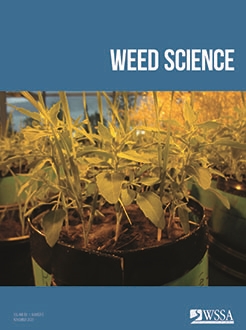BioOne.org will be down briefly for maintenance on 14 May 2025 between 18:00-22:00 Pacific Time US. We apologize for any inconvenience.
REVIEW (1)
RESEARCH ARTICLES (13)
CORRIGENDUM (1)

